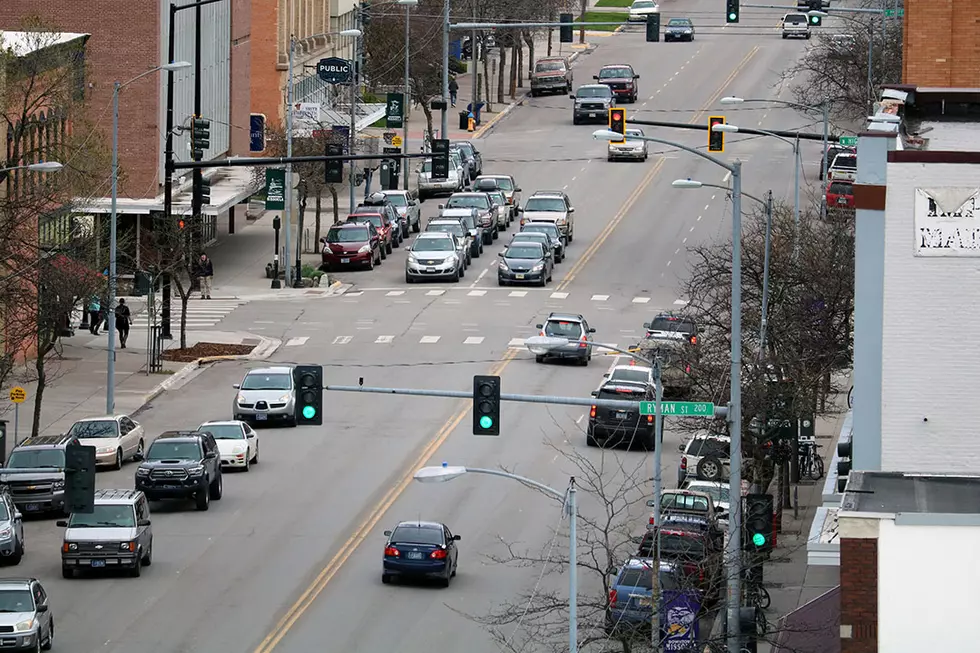
Voter approved 2-cent fuel tax takes effect in Missoula County
In a nod to better roads and more federal dollars, Missoula County voters narrowly passed a local option fuel tax back in June, hoping to close the growing gap between maintenance needs and rising costs.
The 2-cent tax per gallon took effect on Tuesday.
“If history is any guide, it will likely go into effect slowly over time,” said Tyler Gernant, the county's clerk and recorder. “Gas stations are the ones paying it. Typically that price increase phases in over time.”
Missoula County estimates the 2-cent tax will collect around $400,000 annually from tourists and net $1.2 million overall. Most of the money will go into a special account dedicated to road construction and maintenance while 1% of the tax will be used to reimburse the retail fuel seller.
Gernant said stations will report how many gallons they sell each month and pay the 2-cent fee on every gallon sold, except diesel, which is excluded from the tax.
“I don't imagine there will be a whole lot of projects funded exclusively with the gas tax. It'll probably be more like matching funds for other projects,” said Gernant. “A portion of those projects will be coming out of this fund while other projects will be coming out of other funds.”
Shane Stack, director of Public Works for Missoula County, said that while the revenue isn't a large amount, it could help cover a number of gaps ranging from equipment maintenance to pavement work.
The county typically budgets around $400,000 annually for pavement maintenance, though it's far short of what's needed annually to keep pace with needs and costs, he said.
“We're going to need to be spending anywhere from $2.5 million to $3 million annually if we want to keep our pavement in good condition,” Stack said. “We've got an aging fleet and pavement that we're not funding to the level where it needs to be. I think we can bring that (pavement cost) down to $1.5 million and still make some gains.”
The Montana Legislature in 2017 also enacted a 4.5-cent increase in gasoline taxes – the first increase in decades. Cars get better mileage than they used to and new technologies have reduced the need to drive as much, both of which cut into revenues earmarked for transportation costs.
With more local revenue dedicated to transportation needs, the city and county can place a match against federal grants, making them more competitive for additional federal dollars.
“Right now, I don't have a lot of funding leverage. We're kind of just scraping by,” said Stack. “I didn't have the funding to apply for that. But this will apply to a match to fund that further. There's a lot of opportunity there.”
Gernant said that federal funding requires a matching portion, and in many cases, every $1 invested in local resources nets $7 in federal funding. In other words, he said, a $1 million federal match could net $7 million in federal funds.
The local tax will be collected from retailers, he added.
“The gas tax you pay at state and federal level is collected at the distributor level,” he said. “They actually pay the tax when it goes out to the retailers, where this (local tax) is collected at the retail level.”
